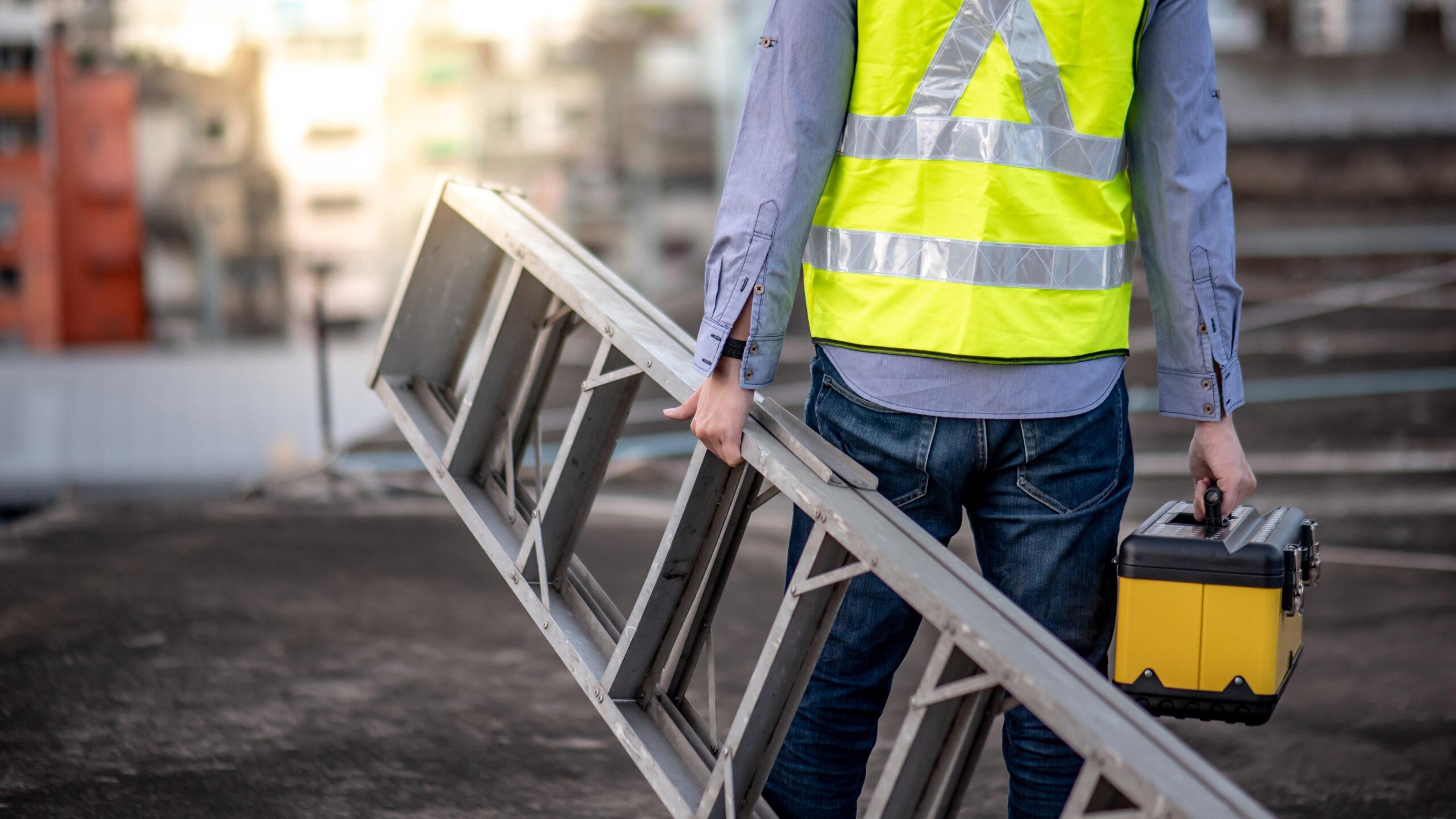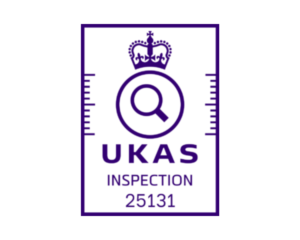As the trade association and training body for the safety netting and temporary safety systems industry, FASET aims to keep right up to date with the latest news from around the construction industry.
We are pleased to share the following from the Institute of Occupational Safety (IOSH), highlighting the vital importance of taking the correct precautions at all times when using ladders.
A company that manufactures and supplies artificial trees has been fined £40,000 after one of its staff fell five metres from a ladder and suffered serious injuries while trying to retrieve stock.
The injured man was an employee of Treelocate (Europe) Limited, based in Northumberland, and was gathering products stored in boxes on shelf racking up to four bays high.
Newcastle Magistrates’ Court heard that Treelocate staff would use a ladder to climb to height, then dismount the ladder to access stock on the racking. During this specific incident, the employee slipped from the ladder as he was remounting while carrying stock and fell approximately five metres, striking his head on a pallet and sustaining a head injury.
An investigation by the Health and Safety Executive (HSE) found that Treelocate (Europe) Limited had failed to properly plan the work, and had failed to ensure there was safe access to the area and that measures were taken to prevent and/or mitigate a fall from height. Treelocate pleaded guilty to breaching section 4(1) of the Work at Height Regulations and was fined £40,000 with £1,620 costs.
Ladder Precautions
HSE inspector Phil Chester lists five simple steps to ensure that working with ladders is as safe as possible.
- Assess the situation first to ensure the ladder is the most appropriate equipment for the job. A ladder is the obvious go-to but it should only be used if no other safer option is available, and the situation has to be assessed before use.
- Have a system in place where ladders are under the control of somebody: if a worker needs a ladder, they then have to go and ask for them or sign them out. That way there is a record of who used a ladder for what job and why. Then, as part of that system there is a process to check the condition of the ladder. In a lot of workplaces, ladders are clashed around and can get dented; even the best metal ladders, once they have a few dents on the rungs, can become dangerous to use.
- If you have to use a ladder, secure it to whatever is being climbed, such as using a ladder clip at the top so the ladder is fixed. In the Treelocate incident, the ladder was unsecured and the footing was resting on a concrete floor, which is far from being a grippy surface.
- If you cannot secure the ladder, have somebody else stand on the bottom rung to stabilise it (more details can be found in this HSE research paper). As well as the extra stability, that gives added confidence that somebody is watching the person on the ladder, while also keeping an eye out for any other people coming past as they work at height.
- It is vital when working with a ladder or any working at height that you maintain three points of contact. Don’t use a ladder – as in this case – to climb off and on again while carrying things.
Image: Shutterstock









